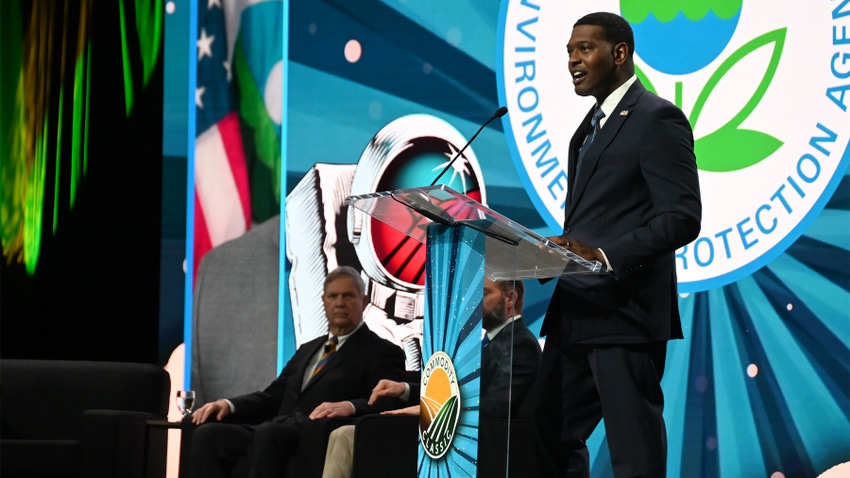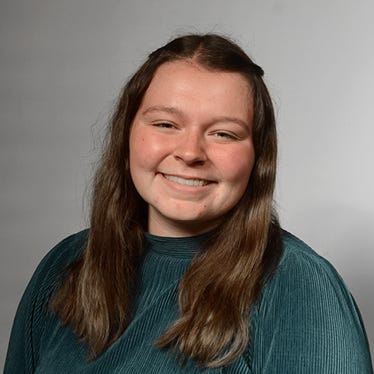March 11, 2024

History was made at the 2024 Commodity Classic in Houston when U.S. Secretary of Agriculture Tom Vilsack and U.S. Environmental Protection Agency Administrator Michael Regan took the general session stage together. Leaders of those two agencies had never joined each other on that stage before.
Although attendees hushed, waiting for an update on the highly anticipated farm bill, they heard no solutions. I was one of those attendees who was disappointed to hear no updates other than “we’re working hard.”
However, Regan shared more about a new agricultural office within EPA that caught my attention and that of other farmers in the room.
New EPA office announced
The Office of Agricultural and Rural Affairs will open within EPA to ensure the agency is working effectively with the nation’s farmers. According to Regan, this office will expand engagement opportunities and make sure farmers’ voices are heard.
“We will ensure agriculture and rural stakeholders have a continual seat at the table at EPA for many years to come,” Regan said.
Kevin Cox, Brazil, Ind., sees this office potentially speeding up the approval process on crop protection products and opening the communication lines to provide more science-based information.
“A lot of times there isn’t a lot of sound science used in the determination on some of the crop protection products that we use,” Cox explains. “To have that office opened up and have it more farmer focused, I think will have a positive impact on our business and the products that come through EPA.”
I think it will take some time until we see just how this new office plays out, but just seeing the two agencies collaborating does make me hopeful that agricultural producers will be kept top of mind. Matthew Lucas, Brownstown, Ind., also found it refreshing to see this collaboration.
“If they’re working together, the sky’s the limit for us,” Lucas says.
Biofuels a hot topic
Lucas is also excited to see the buzz surrounding the biofuels conversation, and Cox joins in that excitement.
“The secretary made a comment about the fact that he had recently been to California, where gasoline was nearly $5 a gallon, but the E85 was in the $2 range,” Cox says. “There’s a tremendous impact if you’re able to use that in the vehicle you’re driving, so that will create more demand and more opportunities to use more corn.”
Sustainable aviation fuel was also mentioned during Vilsack’s and Regan’s remarks. There will soon be the possibility for tax credits, but Vilsack shared he was not in a position to make any announcements. He referenced the notion of “measuring twice and cutting once” when explaining why producers have not heard any information yet.
Vilsack said they’re waiting on the modeling to determine guidance for those tax credits. However, Lucas finds the vagueness surrounding that GREET model concerning. GREET stands for greenhouse gases, regulated emissions and energy use in technologies.
“That’s the model that the EPA is potentially going to use for sustainable aviation fuel, as well as some other things,” Lucas says. “They’ve been going back and forth and delaying the announcement of how that’s going to work for who knows how long now. It would be nice if they could finally get all their wrinkles ironed out.”
Read more about:
BiofuelsAbout the Author(s)
You May Also Like






